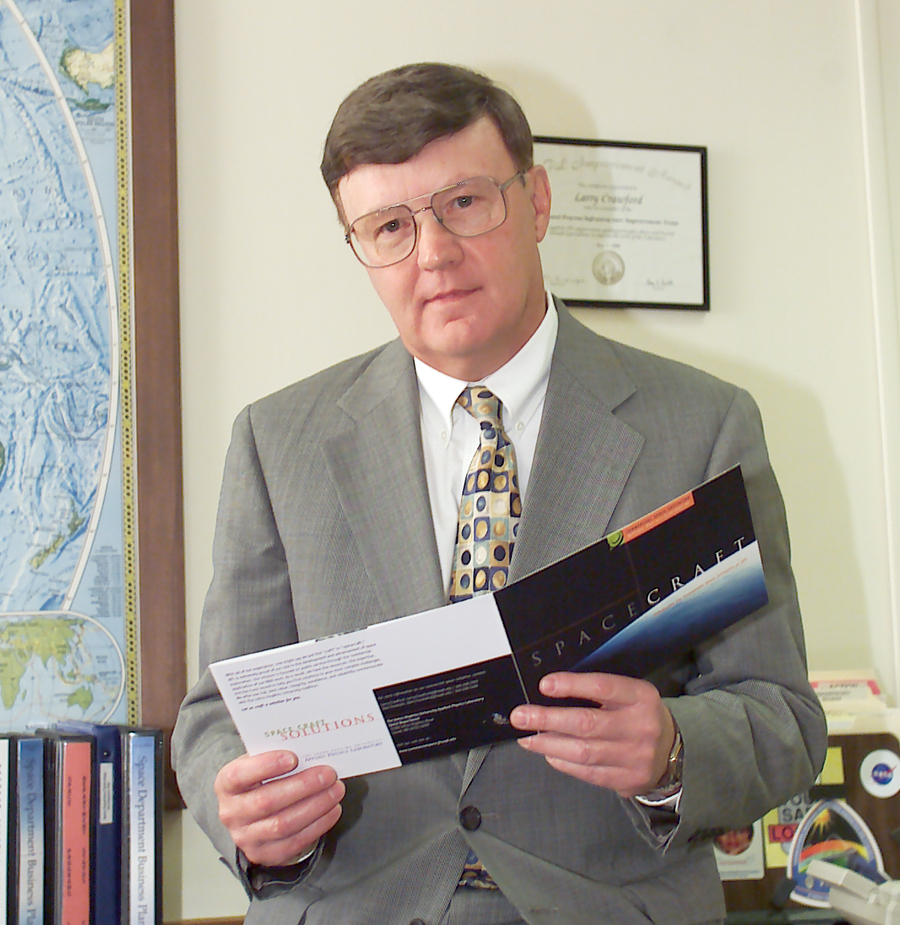Press Release
Larry J. Crawford Heads Space Department at the Johns Hopkins Applied Physics Laboratory
Mon, 04/25/2005 - 12:37
Dr. Larry J. Crawford is the new head of the Space Department at The Johns Hopkins University Applied Physics Laboratory, Laurel, Md. He succeeds Dr. Michael D. Griffin, who was appointed as NASA administrator earlier this month.
Crawford now oversees the second-largest department at the Laboratory, with more than 600 specialists tackling some of NASA's and the military's toughest space science and engineering challenges. His tenure begins as the Lab closes in on two important spacecraft launches: New Horizons, planned for launch to Pluto in January 2006; and STEREO (Solar TErrestrial RElations Observatory), the third mission in NASA's Solar Terrestrial Probes program, set to launch in February 2006.
His immediate challenges for the department also include playing a role in President Bush's Vision for Space Exploration and strengthening the Lab's Military Space Business Area.
"A lot of changes — programmatic, technical, quality assurance, and managerial — have occurred in the department in the last year, but so have many new opportunities," Crawford says. "It's quite exciting to play such a challenging role in the Space Department, particularly at this juncture."
Crawford has spent nearly four decades at the Lab. He's worked that last 18 years in APL's Space Department, as associate department head, assistant department head for business and program manager. Before that, he worked for 15 years as a supervisor in the Submarine Technology Department, where he, among other duties, served as chief scientist and project manager of many large-scale ocean experiments. His first job at APL was as a physicist in the Strategic Systems Department, where he participated in the analysis and evaluation of the Polaris and Pershing strategic weapon systems.
Crawford is a long-time member of the American Astronautical Society, the American Geophysical Union and the American Institute of Aeronautics. In addition to a doctorate in fluid mechanics, he holds a master's degree in space science and applied physics and a bachelor's degree in physics.
